LATVIJA.FM
Gauja National Park: Latvia’s Natural Treasure
Nestled in the heart of Latvia lies a landscape of unparalleled beauty: Gauja National Park, the country’s largest and oldest national park. Known as the “Latvian Switzerland” for its breathtaking scenery, this park is a haven for nature lovers, adventurers, and history enthusiasts alike. With its dramatic cliffs, serene rivers, dense forests, and ancient castles, Gauja National Park offers a journey into Latvia’s natural and cultural heritage.
Let’s explore the wonders of this national treasure and discover why it’s a must-visit destination.
Let’s explore the wonders of this national treasure and discover why it’s a must-visit destination.
A Glimpse into History
Established in 1973, Gauja National Park was created to protect the rich biodiversity and cultural heritage of the Gauja River Valley, which stretches for over 90 kilometers. The park’s name comes from the Gauja River, a vital waterway that has shaped the region’s landscape and history for centuries.
The park’s history, however, extends far beyond its official designation. Human settlements in the Gauja Valley date back to the Stone Age, and the area is dotted with ancient caves, medieval castles, and historical landmarks that tell the story of Latvia’s past.
The park’s history, however, extends far beyond its official designation. Human settlements in the Gauja Valley date back to the Stone Age, and the area is dotted with ancient caves, medieval castles, and historical landmarks that tell the story of Latvia’s past.
Nature’s Masterpiece
Gauja National Park is a paradise for nature enthusiasts, with its diverse ecosystems and stunning landscapes. Covering over 91,000 hectares, the park is home to a wide range of flora and fauna, some of which are rare or endangered.
Key Features:
Key Features:
- The Gauja River: Winding through the park, the river’s calm waters and steep sandstone cliffs create a picturesque setting perfect for kayaking, canoeing, or simply enjoying the view.
- Sandstone Cliffs: These dramatic formations, carved by the river over millennia, are a signature feature of the park. The Erglu Cliffs (Eagle Cliffs) are a popular spot for panoramic views.
- Caves: The park boasts over 500 caves, with the Gutman’s Cave being the most famous. The largest sandstone cave in the Baltics, it’s steeped in legend and features inscriptions dating back centuries.
- Forests and Meadows: Dense woodlands and open meadows provide habitats for a variety of wildlife, including deer, lynx, and over 150 species of birds.
Adventure Awaits
For those seeking adventure, Gauja National Park offers a plethora of activities year-round:
- Hiking and Biking: With over 500 kilometers of trails, the park is a hiker’s dream. Trails range from easy walks to challenging treks, passing through forests, along rivers, and past historical landmarks.
- Water Sports: Kayaking, canoeing, and rafting on the Gauja River provide unique ways to experience the park’s beauty.
- Winter Sports: During the colder months, the park transforms into a winter wonderland, offering cross-country skiing and snowshoeing.
Cultural Gems
Gauja National Park is not just about nature—it’s also a treasure trove of cultural and historical sites. The park is home to several medieval castles, charming villages, and archaeological sites that provide a glimpse into Latvia’s past.
Highlights:
Highlights:
- Turaida Castle: This red-brick medieval fortress is one of Latvia’s most iconic landmarks. Built in the 13th century, it offers stunning views of the Gauja River Valley from its tower.
- Sigulda Castle: Located in the town of Sigulda, this castle complex includes both medieval ruins and a 19th-century manor.
- Krimulda Manor: A beautifully preserved estate offering insights into Latvia’s aristocratic history.
Wildlife and Conservation
Gauja National Park is a sanctuary for wildlife, with its diverse habitats supporting a range of species. Visitors may encounter:
- Birds of Prey: Including eagles and hawks that soar above the cliffs.
- Mammals: Such as foxes, badgers, and even elusive lynx.
- Plants: Rare orchids, mosses, and lichens thrive in the park’s pristine environment.
Plan Your Visit
Best Time to Visit:
- Spring and Summer: Enjoy blooming flowers, lush greenery, and outdoor activities.
- Autumn: Experience the park’s famous fall foliage, with the forests ablaze in hues of gold and red.
- Winter: Explore a snow-covered wonderland, perfect for skiing and cozying up by a fire after a day of adventure.
- The park is easily accessible from Riga, located about an hour’s drive away. Public transportation options include trains and buses to Sigulda, the gateway to the park.
- Choose from cozy guesthouses, historic manors, or campsites within the park for a truly immersive experience.
Why Gauja National Park Matters
Gauja National Park is more than just a destination—it’s a living testament to Latvia’s natural beauty and cultural richness. It embodies the country’s commitment to preserving its heritage while inviting visitors to connect with nature in its purest form.
Whether you’re exploring ancient castles, paddling along the Gauja River, or simply soaking in the serenity of the forest, the park offers a unique experience that lingers long after your visit.
Whether you’re exploring ancient castles, paddling along the Gauja River, or simply soaking in the serenity of the forest, the park offers a unique experience that lingers long after your visit.
Discover Gauja, Discover Latvia
Gauja National Park is not just Latvia’s natural treasure—it’s a window into the soul of the country. Its landscapes, legends, and living history make it a place where nature and culture intertwine, creating memories to last a lifetime.
So pack your hiking boots, grab a camera, and set out to discover the magic of Gauja National Park. Because here, every path leads to wonder. Laimīgu ceļojumu! (Have a happy journey!)
So pack your hiking boots, grab a camera, and set out to discover the magic of Gauja National Park. Because here, every path leads to wonder. Laimīgu ceļojumu! (Have a happy journey!)
